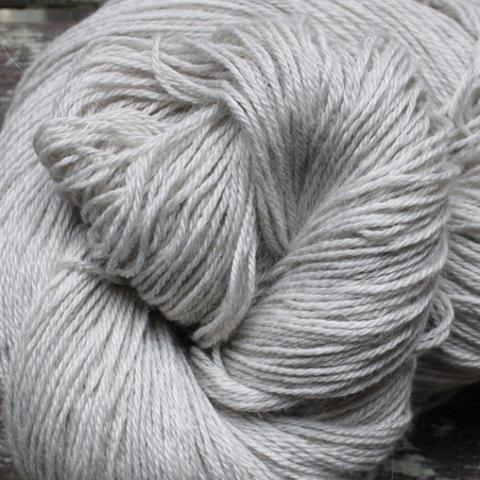The Intriguing Process Behind Producing cashmere Fibre and Its Uses
The Intriguing Process Behind Producing cashmere Fibre and Its Uses
Blog Article
Exploring the Numerous Sorts Of Cashmere an All-natural Fiber for Ultimate Deluxe
Cashmere, an all-natural fiber, is usually related to luxury and comfort. Nevertheless, not all cashmere is produced equivalent. From the highly soft Mongolian range to the lightweight warmth of Indian Pashmina, each type provides its very own distinct features and allure. The a lot more budget friendly Chinese cashmere, the standard Scottish variant, and the high-end Italian mix, all inform a various story of this impressive fiber. As we untangle the world of cashmere, a deeper understanding of its true worth and sophistication starts to emerge.
Comprehending the Extravagant Nature of Cashmere
Cashmere, typically connected with luxury and comfort, holds an one-of-a-kind attraction worldwide of all-natural fibers. This soft, lightweight material is wanted for its extraordinary warmth and exceptional longevity. Unlike various other natural fibers, cashmere combines insulation with breathability, using unrivaled comfort across varying temperatures. Its shiny finish and soft appearance contribute to its premium allure, validating the costs cost that usually includes cashmere garments. In addition, cashmere's integral crease resistance and elasticity boost its value, making it a preferred option for costs garments and devices. In spite of its delicate appearance, cashmere possesses a surprising resilience, able to keep its form and lavish feeling over time. This special blend of features seals cashmere's setting as an icon of elegance and extravagance.
Simply What Is Cashmere and Where Does It Come From?

Given these extraordinary qualities, one may wonder concerning the beginning and makeup of this elegant fiber. Cashmere is originated from the soft undercoat of cashmere goats, mainly discovered in Mongolia, China, Iran, and Afghanistan - is cashmere a natural fiber. These goats are adapted to extreme climatic conditions, generating an incredibly fine, soft underfur as a defense versus the bitter cold. This underfur, or undercoat, is what is harvested for cashmere. Each spring, when the goats normally lost their wintertime layer, farmers comb the fine underhair, leaving the coarser hair behind. This precise procedure adds to the scarcity and high price of cashmere. With its origin in the severe landscapes of Asia, cashmere is a testament to nature's ability to produce deluxe from misfortune.
Translating the Different Kinds Of Cashmere
Recognizing the different types of cashmere is key to valuing the high quality and distinct attributes of this extravagant fabric. Normally, cashmere is categorized right into 3 kinds: raw, virgin, and recycled. Raw cashmere is directly gotten from the goat and is unrefined. This kind often contains contaminations such as dirt and crude hair. Virgin cashmere, on the various other hand, is the pure, unrecycled product that is spun into yarn for the very first time. It is the softest and most lavish. Recycled cashmere is made from virgin material that has been previously used. It is re-spun and made use of in producing lower-cost cashmere products. Decoding these types is the very first action in understanding the exclusivity and value of cashmere.

The Unique Attributes of Each Kind Of Cashmere
Having discovered the various categories of cashmere, it comes to be evident that each kind boasts its unique set of features. Mongolian cashmere, for instance, is renowned for its exceptional top quality, due to Mongolia's severe winter seasons that generate longer and finer fibers. Conversely, Chinese cashmere is usually a lot more affordable, though its shorter fibers can lower sturdiness.
Why Cashmere Is the Epitome of High-end in vogue
Cashmere holds a renowned Go Here setting in the world of fashion, concerned as a sign of luxury and elegance (is cashmere a natural fiber). Cashmere is obtained from the fine undercoat of Himalayan goats, known for their superior quality fiber. Cashmere's unparalleled convenience and durability make it a desired product in the development of high-end garments.
The Refine of Making Cashmere: From Goat to Garment
The trip of cashmere, from being an undercoat of a Himalayan goat to a lavish garment, is a detailed one. With the development of spring, farmers in Mongolia and China collect the woollen by brushing the goats, making sure no damage is done. The acquired woollen includes rugged outer hair and soft downy undercoat. This mix is then painstakingly divided, with just the soft down used for cashmere. This raw cashmere is cleaned, colored and spun right into yarn. The thread is after that woven or knitted right into materials. The final action cashmere fibre includes washing and pushing to provide the fabric its particular soft qualities and warmth. From goat to garment, each action is a testimony to the skill, virtuosity and patience associated with crafting cashmere.

Verdict
Finally, cashmere, with its all-natural style and unequaled convenience, reigns supreme in the world of deluxe style. The diversity in types, varying from the soft Mongolian, light-weight Indian Pashmina, budget-friendly Chinese, standard Scottish, to the colorful Italian, discloses the adaptability of this natural fiber. The scrupulous procedure of changing it from a goat to a garment even more includes in its exclusivity, making cashmere the embodiment of class and high-end.
Cashmere, an all-natural fiber, is usually connected with high-end and comfort (is cashmere a natural fiber).Cashmere, often linked with high-end and comfort, holds find more information an unique attraction in the globe of natural fibers. Unlike various other natural fibers, cashmere combines insulation with breathability, supplying unequaled comfort throughout varying temperatures. Cashmere is derived from the soft undercoat of cashmere goats, largely discovered in Mongolia, China, Iran, and Afghanistan. Cashmere is obtained from the great undercoat of Himalayan goats, recognized for their exceptional quality fiber
Report this page